MAD ABOUT MAHJONG 碰得起的手雕藝術
Chinese 中:Ophelie C · English 英: Jason Au
Images: Courtesy of Biu Kee, Brunello Cucinelli, Hermès, Louis Vuitton, Prada, The Lifestyle Co.
Other photography: Calvin Lee
Louis Vuitton the Vanity Mahjong
Hermès Macao Mahjong Game in Natural Mahogany
As is the case with many things in life, the passage of time has transformed mahjong from a humble household pastime to an invaluable piece of East Asian and Southeast Asian cultural heritage. Popular in China in the 19th century, the tile-based game has recently found its way into the world of high fashion, with luxury brands like Louis Vuitton, Hermès, Prada and Brunello Cucinelli now producing their own exquisitely crafted, limited-edition mahjong sets. One set from S.T. Dupont comes with a price tag of £800,000 (or C$1.3 million). It features exquisitely handcrafted tiles made of precious gemstones like Tanzanian rubies and diamonds — the ultimate in board game luxury.
prada Saffiano Leather Mahjong Game in Black / Scarlet Red, Courtesy of Prada.
Brunello Cucinelli Walnut Wood and Krion® Mahjong Set
時間的流逝總賦予萬物更深層的意義。麻將,是昔日尋常百姓家的耍樂玩意;經歷了半世紀的時間洗禮後,手雕麻將工藝已被納入非物質文化遺產清單,不少珍品更具藝術收藏價值。近年多個國際奢侈品牌,例如Louis Vuitton 、 Hermès 、 Prada、Brunello Cucinelli等都有推出自家設計麻將組合,造工講究,各具特色。 S.T. Dupont與寶石品牌L'Aquart合作,用上坦桑利亞紅寶石以人手製作的144隻麻將,上面鑲有逾千夥緬甸寶石、鑽石和鍍金,極緻奢華,價值高達80萬英鎊(130萬加元);皮革世家Hermès用上桃木和皮革,古色古香;Louis Vuitton連麻將箱也講究;一副彌足珍貴的豪華麻將組合,讓主人在宴客耍樂時顯盡派頭,未贏錢,先贏面子。
Sponsored by Ferris Wheel Press
S.T. DUPONT Haute Creation The Worlds Most Luxurious Mahjong Set
Hermès, meanwhile, uses mahogany and leather to construct its tiles, evoking a more antique feel. The carrying case for Louis Vuitton’s set comes with five extra tiles and is not only a collector’s item but also a tool that allows for games to be played at banquets and social gatherings, where friends reminisce about days gone by.
Louis Vuitton THE Vanity Mahjong
In the 1960s and 1970s, home entertainment options were limited compared to what is on offer today. Back then, mahjong was the reason why friends and neighbours got together. How people played the game reflected their true personalities. The sound of mahjong tiles filled the corridors of public housing estates in Hong Kong Chinese as well as gambling establishments across Southeast Asia. Movies and TV shows regularly showed the game being played for pleasure, fuelling its popularity. Fast forward to contemporary times, mahjong began to slip in status, overshadowed by computers and mobile phones. Once hand-carved sets are replaced by machine-made ones. In Hong Kong, there are only five craftsmen who still hand-make mahjong sets today, and Uncle King, a man in his 70s is one of them.
A family mahjong set from the 1970s, from a Canadian home played for 3 generations. Photographed by Calvin Lee 一副來自加拿大華人家庭的家用麻將,於70年代出品,已經歷了家中主人三代宴客耍樂和「竹戰」
上世紀六、七十年代,民眾娛樂有限,麻將是親友鄰里日常耍樂和聯誼的工具,不論是香港屋邨的走廊,以至東南亞華人店舖,都不時會傳出麻將聲。機雕麻將、電動麻將枱,以及麻將手機遊戲的出現,令手雕麻將開始式微,如今香港行內的手雕麻將師傅只剩下不出五個,年屆七旬的景叔便是其中一位老行尊。
By conservative estimates, Uncle King has been in the industry for more than half a century. During that time, he carved more than 20,000 mahjong sets. Nowadays, he can still be found practicing his craft on Jordan Road in Yau Ma Tei. In the past, his clientele was mainly comprised of neighbours, but now they are mostly collectors of hand-carved mahjong sets.
biu kee mahjong Hong Kong Store Front & Interior 標記麻雀香港佐敦道店舖原貌
Each set's value comes from the unique style and technique of the master that made it. “Everyone uses similar tools,” he says, “but each master's technique is different. Turning a carving blade more abruptly or more gradually results in very subtle differences in the look of a tile." These subtleties are what make hand-crafted mahjong tiles superior to machine-made ones, he adds. Not only are the designs more vivid but also the varying textures and sizes of the carved tiles invoke an emotional response. Experienced players feel the difference in the weight of handmade titles. They can’t possibly be replicated even if a master tried, Uncle King says. Machine-made titles, on the other hand, are identical, and noticeably rigid in their hand feel. There are other differences.
保守估計,入行逾半世紀的景叔雕刻了逾兩萬副麻將,現在仍在油麻地佐敦道樓梯舖緊守崗位,堅持以巧手工藝為客人雕刻。昔日客人主要是街坊,如今多數是懷舊的收藏家。手雕麻將的收藏價值在於每一副都是獨一無二,每位師傅也風格迴異,景叔解釋:「人人都用類似雕刀雕刻,但每個人的手藝不同。像轉彎用力大一點,或待久一點才轉彎,這是很細微的分別。」這正是手雕麻將遠勝機雕麻將之處,不但圖案更生動,刀鋒力度大細、落筆粗幼均會構成手雕麻將獨一無二的質感,讓老牌家在打牌時可以享受「甩牌」的豐富手感。景叔坦言,師傅即使刻意仿傚也不可能雕刻出一模一樣的牌子,「但機雕麻將則是一模一樣的、很死板」。
Sponsored by Ferris Wheel Press
Traditional tiles do not have the pearl-like sheen of machine-made tiles. That’s because originally they were made of bamboo and ox bone, one of the reasons why mahjong was often referred to as the “bamboo war” in ancient times. Traditional tiles also do not smell. They use high-quality glues that do not give off an odour. Cheaply made mahjong tiles are made from acrylic glued whose impurities yield a noxious scent. It’s a tell-tale sign of poorer quality.
biu kee mahjong Uncle King exclusively made four specially designed tiles for our 2023 Fête Chinoise Design Annual. Photographed by Calvin Lee
標記麻雀景叔為《 Fête Chinoise 設計薈賞 2023》特別雕製的麻將
Uncle King hand paints his mahjong tiles, using his own paints. This enables him to adjust the colouring according to his own preferences. Today’s paint colours are calibrated through computer-based processes, which Uncle King can’t replicate the venerable shade of blue used in old mahjong sets.
Faced with the decline of the hand-carved mahjong industry, Uncle King is now actively sharing his craft with others in workshops to keep the art of mahjong set-making alive. A younger generation of hobbyists interested in learning the craft has now emerged, thanks in large part to his efforts. Some aspiring mahjong artisans are not Chinese and so can’t read the Chinese characters that traditionally have adorned the tiles. Consequently, their designs are becoming more creative. Uncle King couldn’t be happier. Grinning ear-to-ear, he gleefully talks about his experience putting on a workshop at a distillery in Hong Kong. "I taught a group of foreigners,” he says. “I carved mahjong tiles while sipping on wine. I loved it!"
biu kee Hand Craved Mahjong Tiles by Uncle King 景叔刀下的雕刻麻將
Uncle King’s Custom-made Hand Craving Tools for Mahjong 景叔由入行至今所用的雕刻工具
傳統麻將固然沒有金雕玉砌,古時用竹與牛骨製造,所以又稱「竹戰」。70年代後直至今天的麻將普遍使用亞加力膠。質素好壞取決定膠原水純度,不加滲其他雜質的最好,味道越重質素越差。上色的手掃漆也非常講究,景叔會在顏料舖買色粉自行調較,「例如現貨漆的綠色是間間都不同的,因為每一間舖的師傅各有自己的喜好」,但隨時代過去,巿面只有電腦調色的現貨漆,他慨嘆已無法再調出以前的藍色了。
手藝背後盡是雙手傷痕纍纍,最痛一次是鑽筒子時鑽咀軸子斷了,掌心被刮走一小塊肉,「一整天都無法止血」,雕刀、索刮也會傷人,但回顧陳年傷痕他說得輕鬆。景叔現時積極將手雕麻將這門工藝傳承下去,透過工作坊分享這門手藝,有興趣的年輕人也很多,甚至有不諳漢字的外國人,雕刻於麻將上的圖案也越來越有創意。他雀躍地談起一次在酒廠的工作坊體驗,笑不攏嘴地說:「我教過一班外國人,一邊品酒一邊雕刻麻將,很氣氛很好,很好玩,我很喜歡這些!」



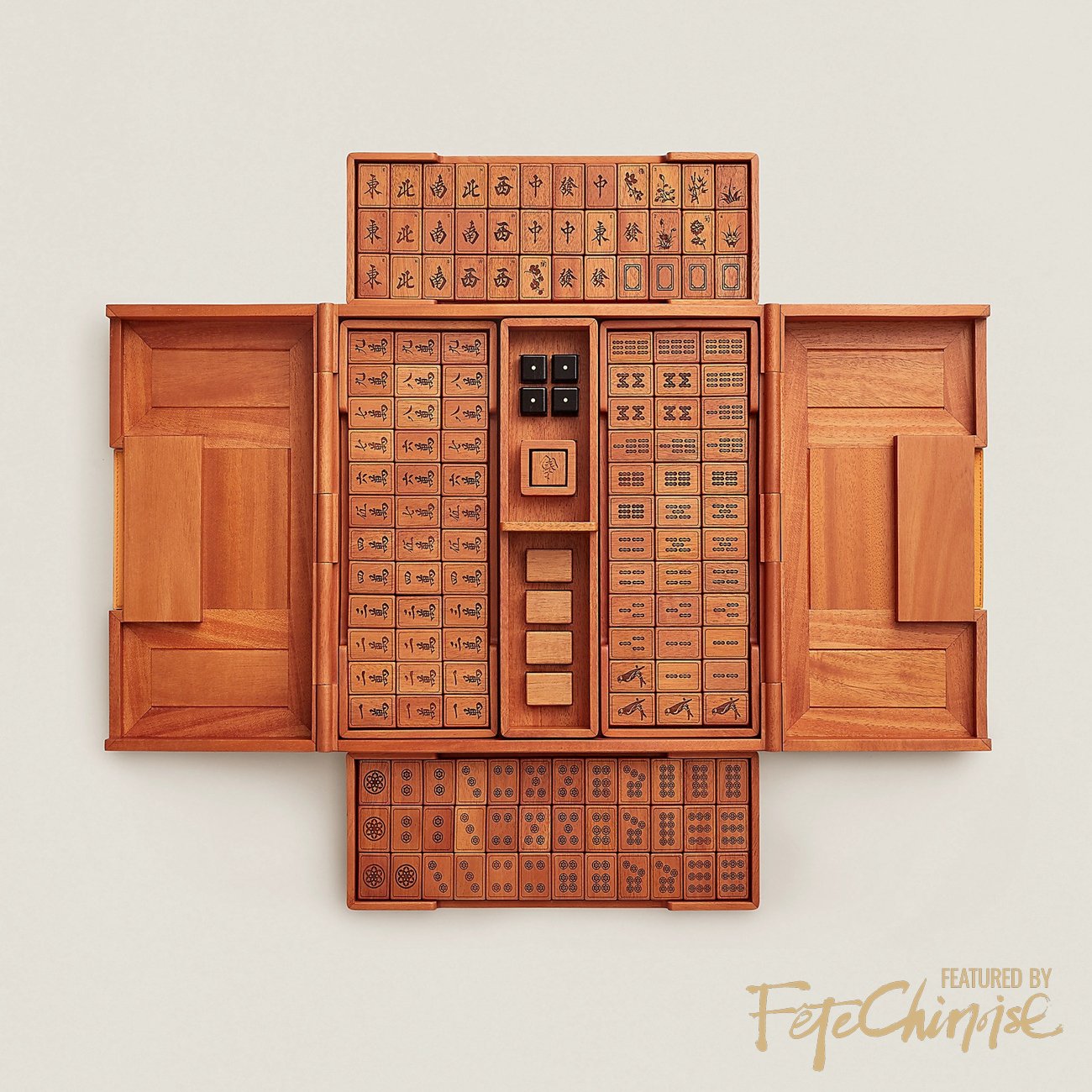
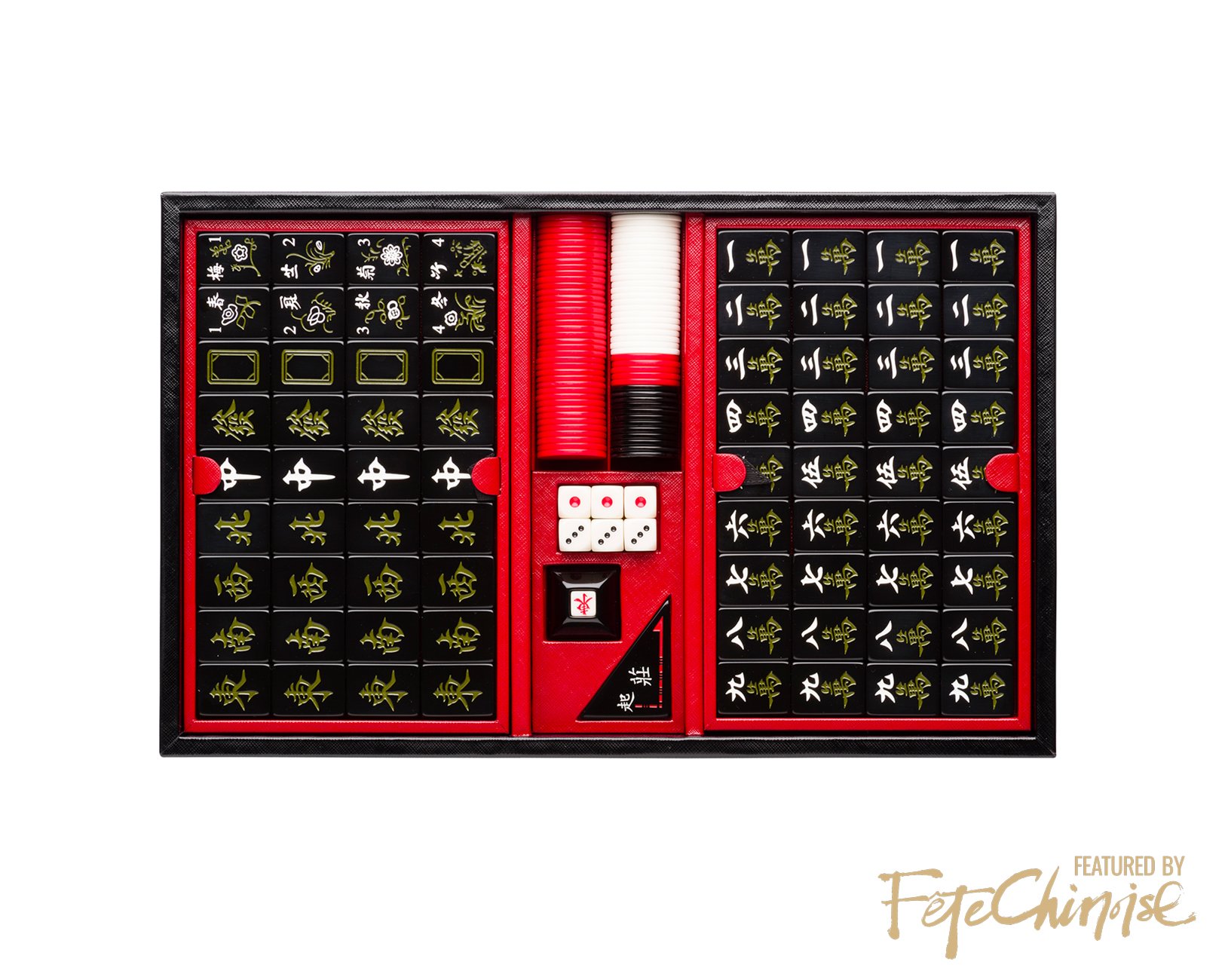
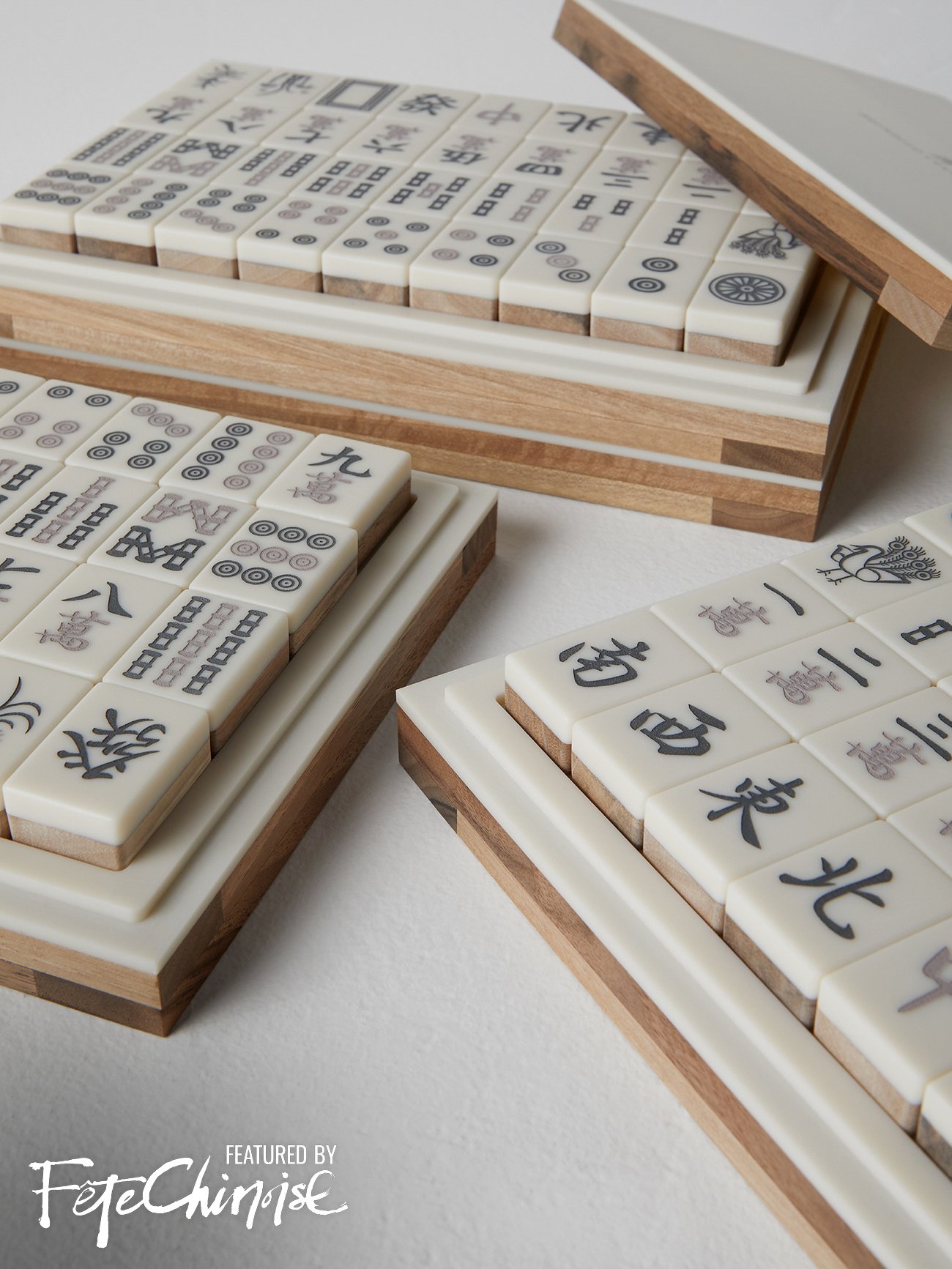














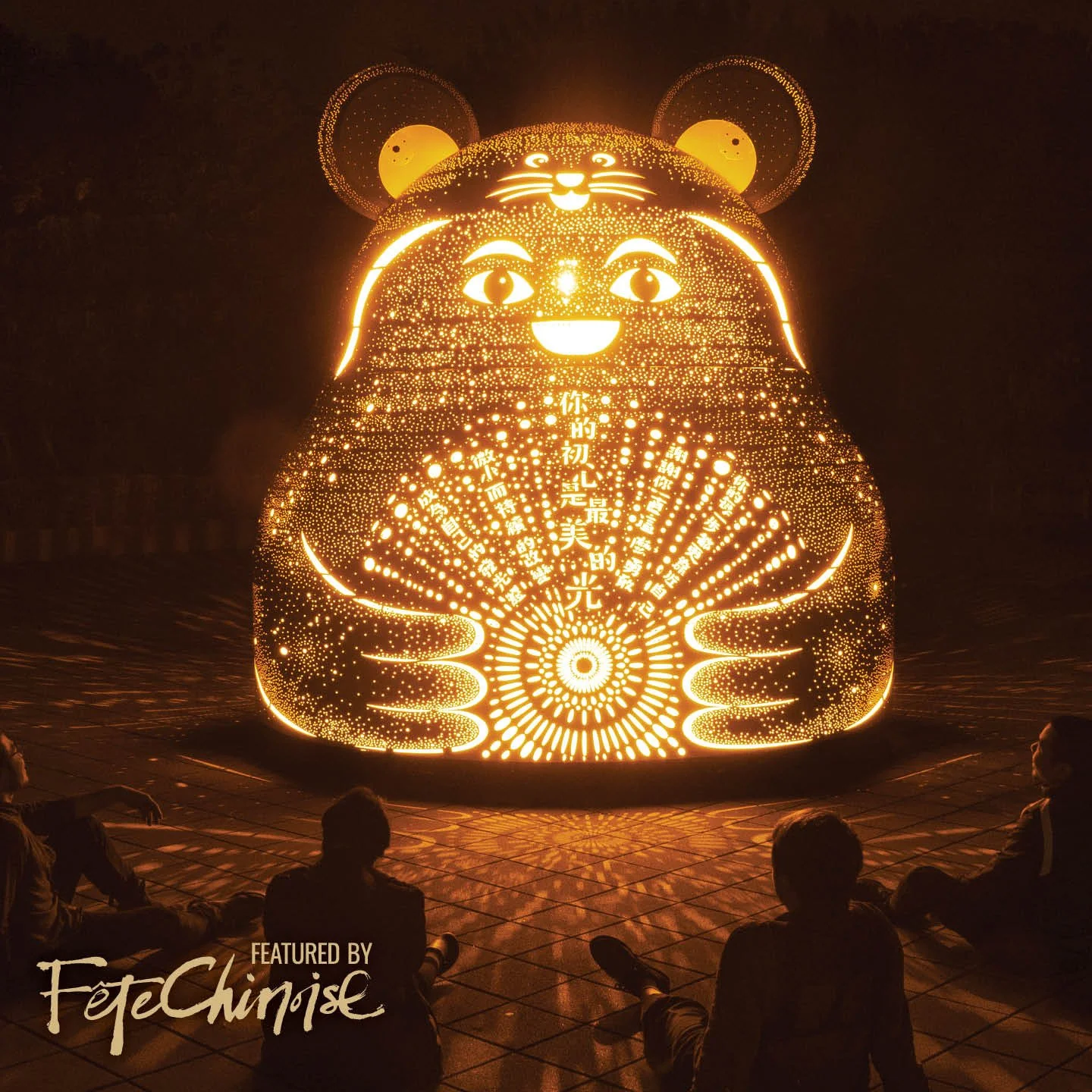
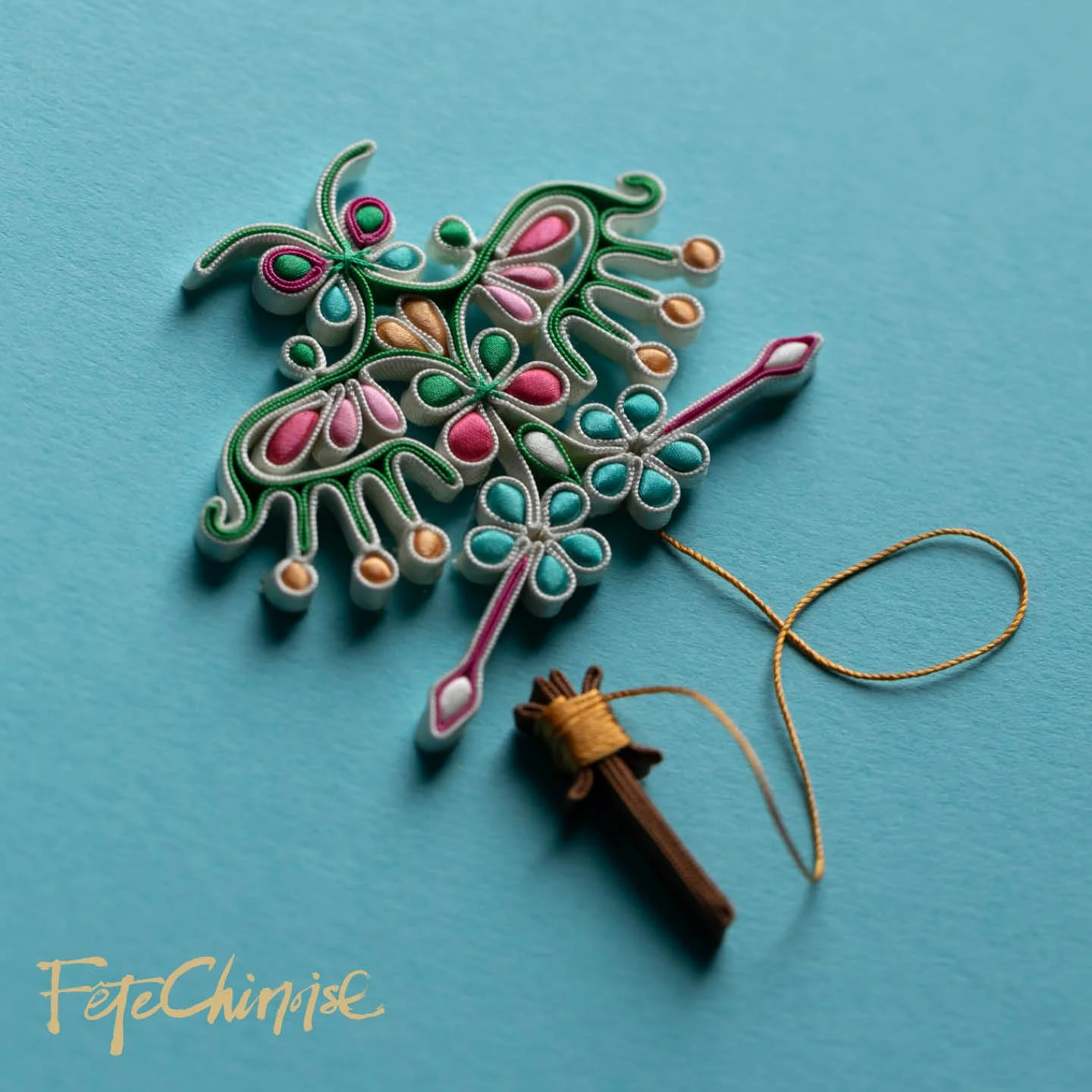

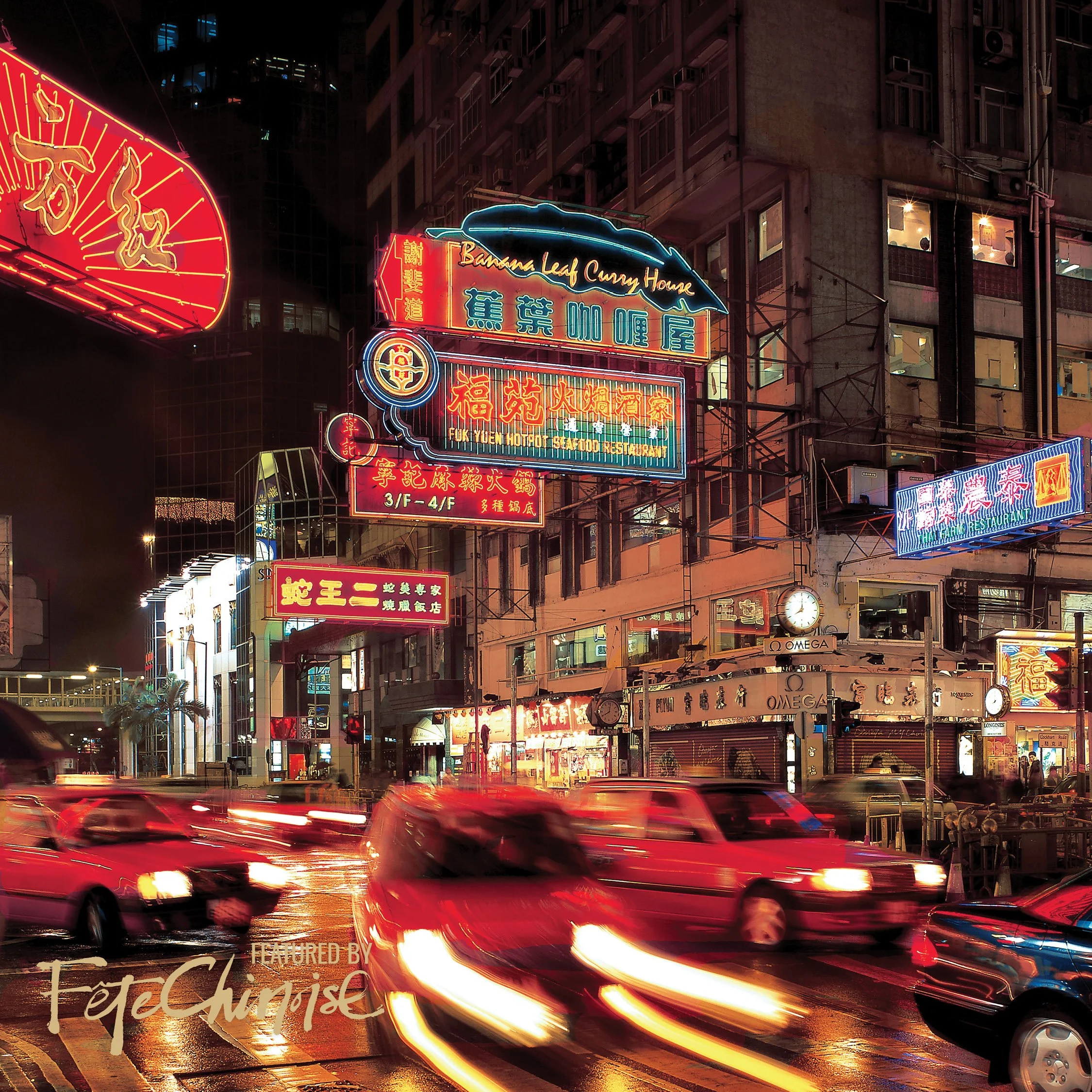

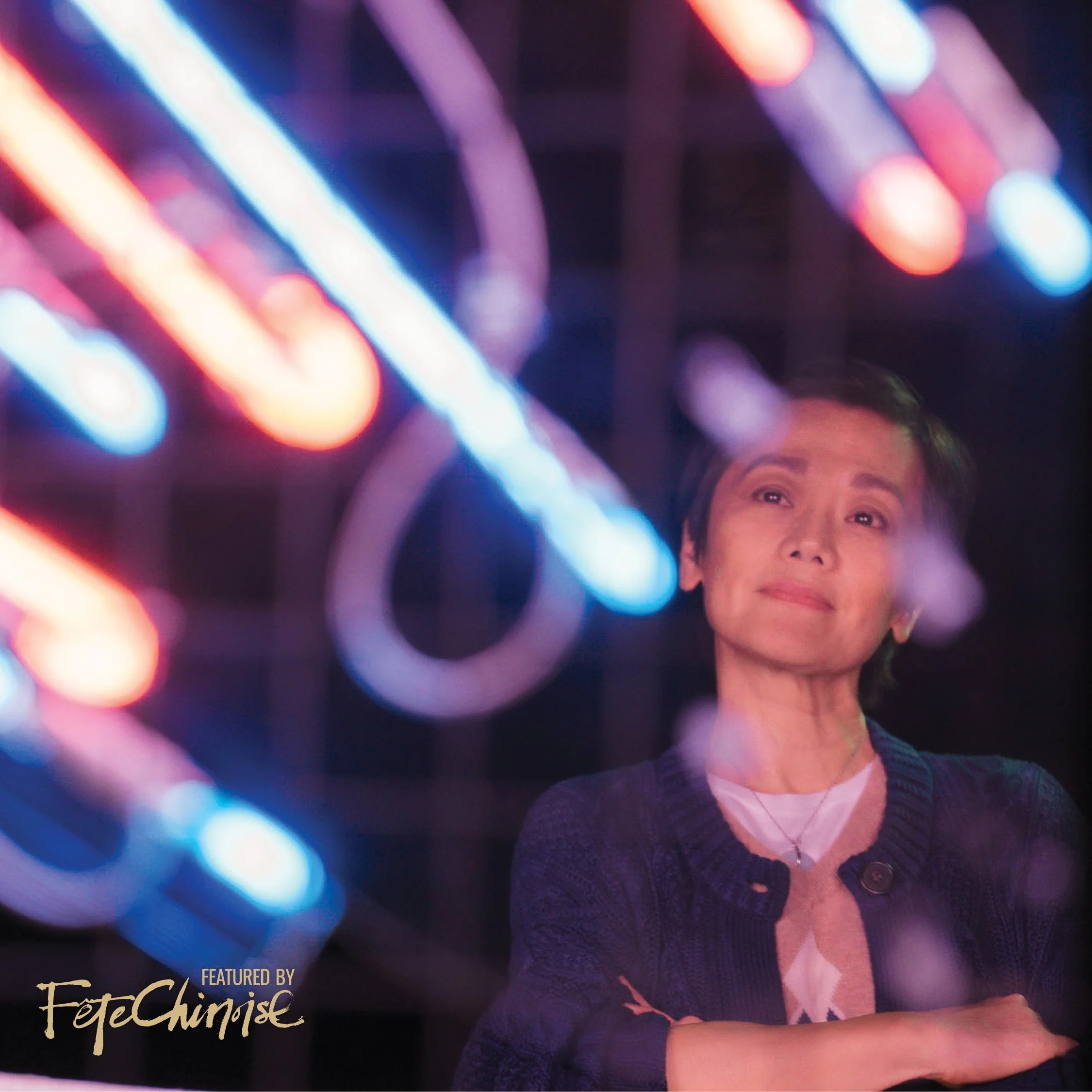
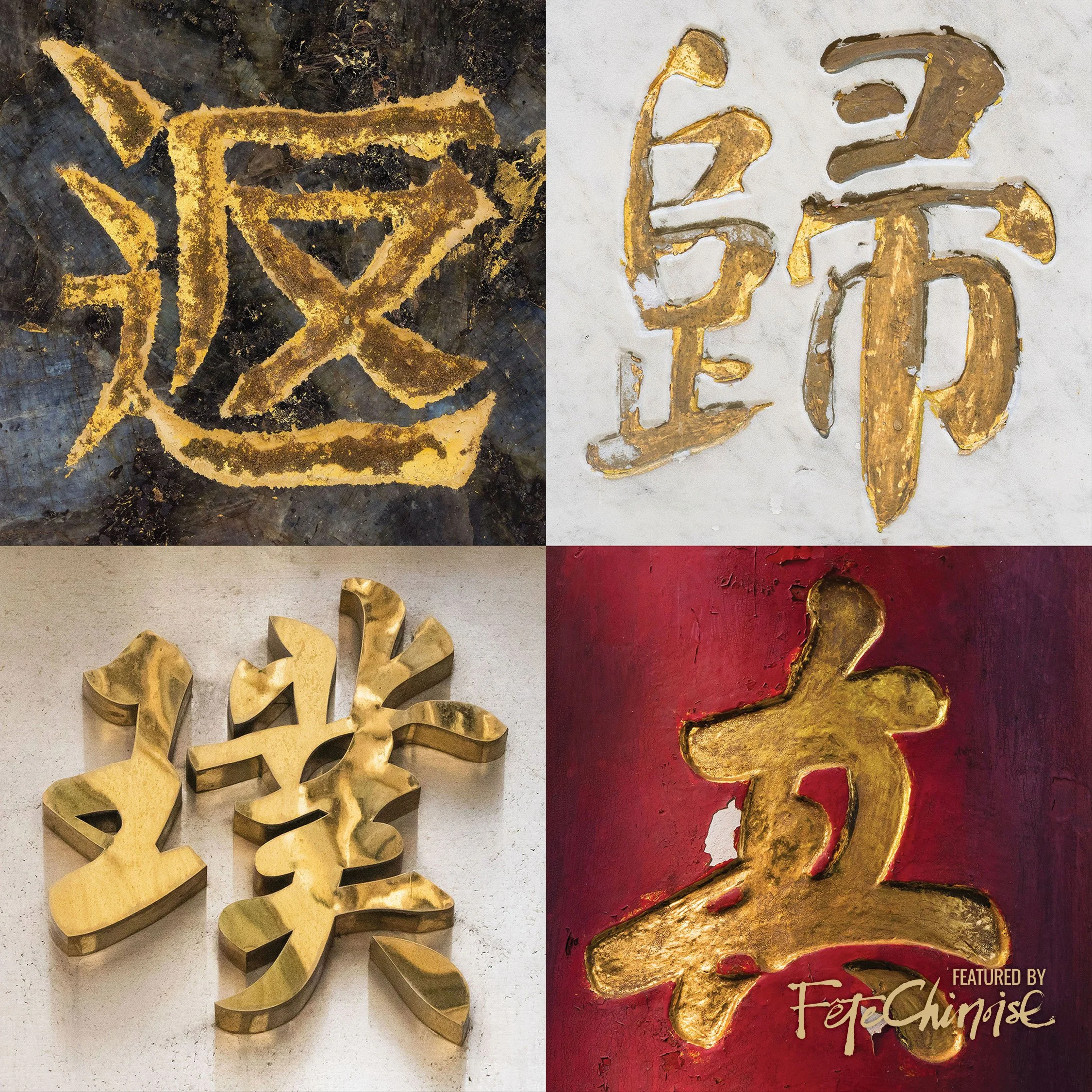

Chinese culture values symbolism. On important occasions like the wedding banquet, the ingredients used are chosen with care, and each dish carries different meanings. A typical Chinese wedding banquet menu includes either ten or twelve dishes, symbolizing "full and perfection" or implying that the couple will have happiness throughout the twelve months of the year. For this special feature, we invited Rovey Chinese Catering and Private Dining, to demonstrate twelve classic Chinese wedding banquet courses and introduce the meaning behind each dish.